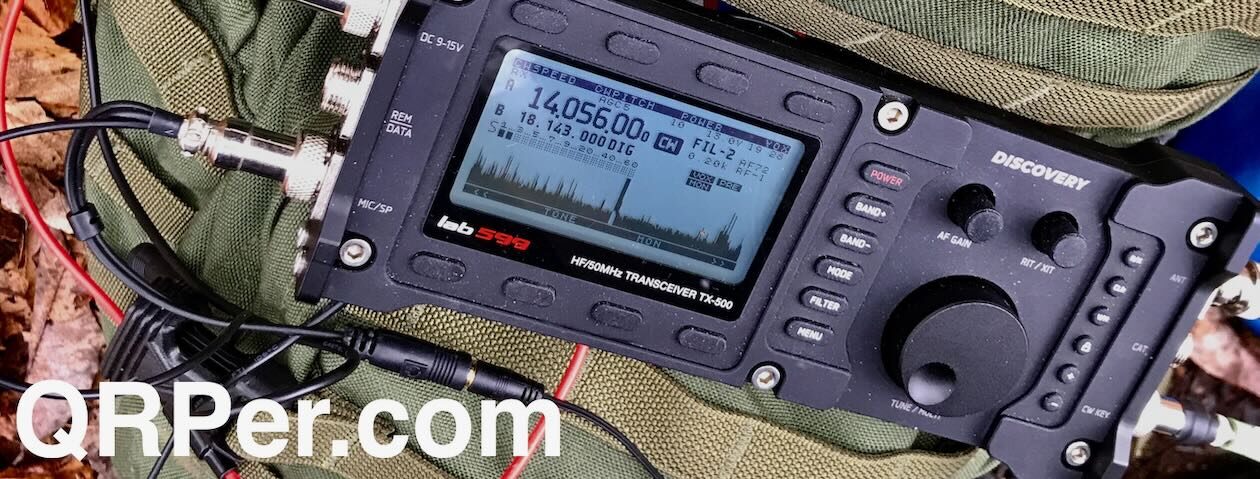Over the past few years, I’ve received numerous requests to check out the Yaesu FT-891 HF transceiver. Almost all of my ham friends have one and they are widely considered one of the best 100 watt HF radios for park activators. Indeed, I bet it is *the* most popular 100W radio among POTA activators.
I’ve been tempted to ask Yaesu for a loaner model and I even came within one button click of ordering a new FT-891 from DX Engineering during a Black Friday sale in 2020.
I’ve resisted the FT-891 temptation, though, because I tend to use smaller, more portable QRP radios in heavier POTA rotation. I knew if I purchased an FT-891, it just wouldn’t get a lot of field use. It also demands a beefier field battery due to its current requirements and, frankly, it’s so rare I run more than 5 watts (and 5 watts is the lowest power setting on the ‘891) I would simply have a lot of radio for my needs.
A few weeks ago, however, a friend reached out because he wanted to sell his FT-891 and 30Ah Bioenno battery and downsize to a smaller field portable radio like the Xiegu X5105. Long story short, we worked out a trade/purchase which included the ‘891 and his battery. I had been thinking about a large capacity battery to use as a backup in the shack, so this worked out well for both parties.
Zebulon B. Vance Birthplace (K-6856)
 On Tuesday, March 14, 2023, I once again had an hour to fit in an activation at the Vance Birthplace before picking up my daughters at school. I’ve really enjoyed the opportunity to play radio at Vance so much during this particular school term; next term, it’s unlikely I’ll have this opening, so I’ll enjoy it while I can!
On Tuesday, March 14, 2023, I once again had an hour to fit in an activation at the Vance Birthplace before picking up my daughters at school. I’ve really enjoyed the opportunity to play radio at Vance so much during this particular school term; next term, it’s unlikely I’ll have this opening, so I’ll enjoy it while I can!
I deployed the Chelegance MC-750 vertical again. I’ll admit that it’s so convenient keeping an antenna in the car trunk/boot that can be made resonant so easily from 40 meters and higher.
I was going to show the antenna deployment again in my activation video, but received a call and decided to deploy the antenna while finishing up the phone call. It only takes a couple of minutes to set up.
Next, I connected my 15Ah Bioenno battery to the FT-891. Even though I was only using five watts, the ‘891 needs more capacity than the 3Ah packs I normally carry with my QRP rigs.
I also connected the Begali Traveler key–I do love this key (thanks again, Jackie!). Continue reading Finally did it! First POTA activation with my new-to-me Yaesu FT-891



































 It includes a number of mistakes on my part.
It includes a number of mistakes on my part.